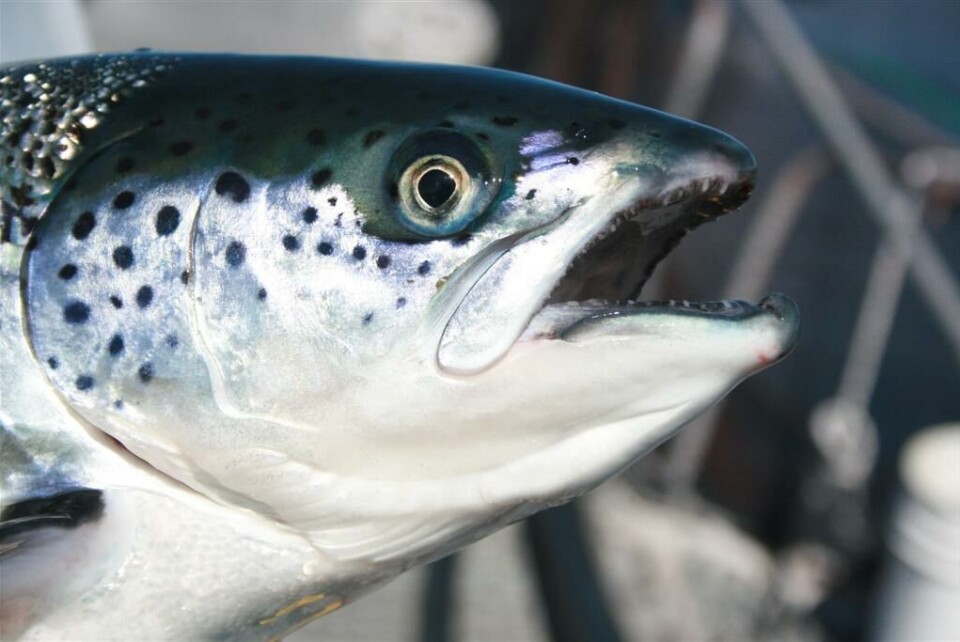
Margins narrow for Faroese firm
The Bakkafrost Group harvested 12,982 tonnes of salmon in Q3, up 19% compared to the same period last year. EBIT/kg was DKK 14.08.
The group achieved a total operating EBIT of DKK 206 million in Q3 2015, compared with DKK 209 million in Q3 2014, and the result after tax was DKK 168 million.
Of this, the farming segment delivered an operational EBIT of DKK 183 million; the VAP segment, which produced 3,745 tonnes, made an operational EBIT of DKK 9 million; while the fishmeal, fish oil and feed (FOF) segment delivered an EBITDA of DKK 42 million.
Commenting on the result, CEO Regin Jacobsen said: “The margins fell in this quarter, which relates mainly to increased costs. Although higher costs, all segments delivered positive results in the quarter. With the delivery of the live fish carrier Hans á Bakka in the third quarter, Bakkafrost made a significant step forward in Bakkafrost’s strategy to reduce biological risk and improve efficiency. The outlook for the market remains tight because of no expected supply growth in 2016.”
The group’s feed division, Havsbrún, has sourced a similar quantity of raw material the first nine months of 2015 has been similar to the first nine months in 2014. Havsbrún has purchased 10,000 tonnes of raw material in Q3 2015. Havsbrún’s purchase of raw material in the first nine months of 2015 amounts to 171,000 tonnes.
The wellboat Hans á Bakka was delivered to Bakkafrost in Q3. It has a capacity is 450 tonnes of live fish and is equipped with state of the art technology. Following the delivery, finalising instalment of equipment and required tests were carried out in the quarter.
Outlook
Expected global supply growth in 2015 is around 4% and 0% in 2016. Production capacity is close to full utilization and further expansion relates to high investments.
The company expects to harvest 50,000 tonnes gutted weight and release 10.4 million smolts in 2015. They expect to harvest 48,000 tonnes gutted weight in 2016 and release 10.5 million smolts in 2016.
Bakkafrost’s long-term strategy is to sell around 40-50% of the harvested volumes of salmon as value-added products on fixed price contracts, which last for 6 to 12 months. Bakkafrost has signed contracts covering around 78% of the VAP capacity for the rest of 2015.
The quotas for catching blue whiting in the North Atlantic are expected to be reduced, and therefore the company’s production of fishmeal and fish oil is most likely to reduce in volume in 2016 from relatively high volumes in 2015.
The major market for Havsbrún´s fish feed is the local Faroese market, including Bakkafrost’s internal use of fish feed. Havsbrún’s sales of fish feed in 2015 is expected to be at 79,000 tonnes. Depending on the purchase from external customers, around 80,000 tonnes of feed sales are expected in 2016.























































